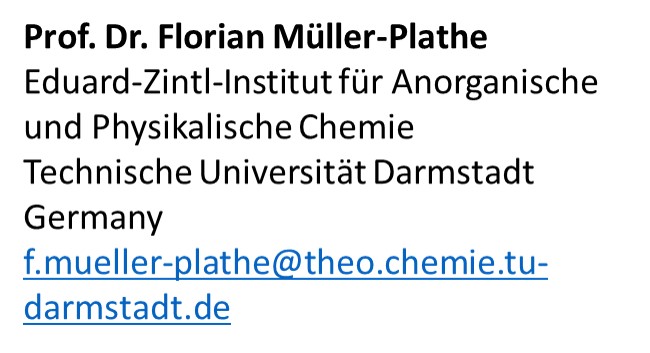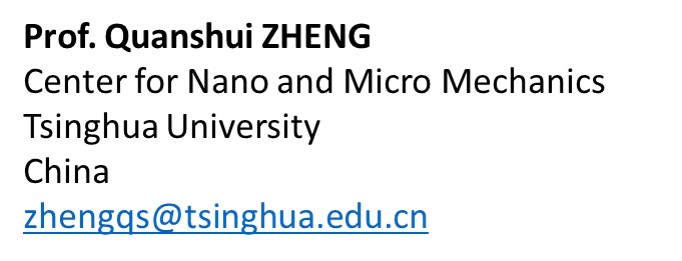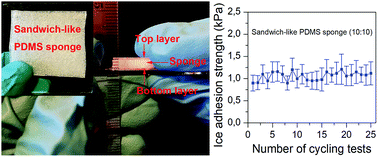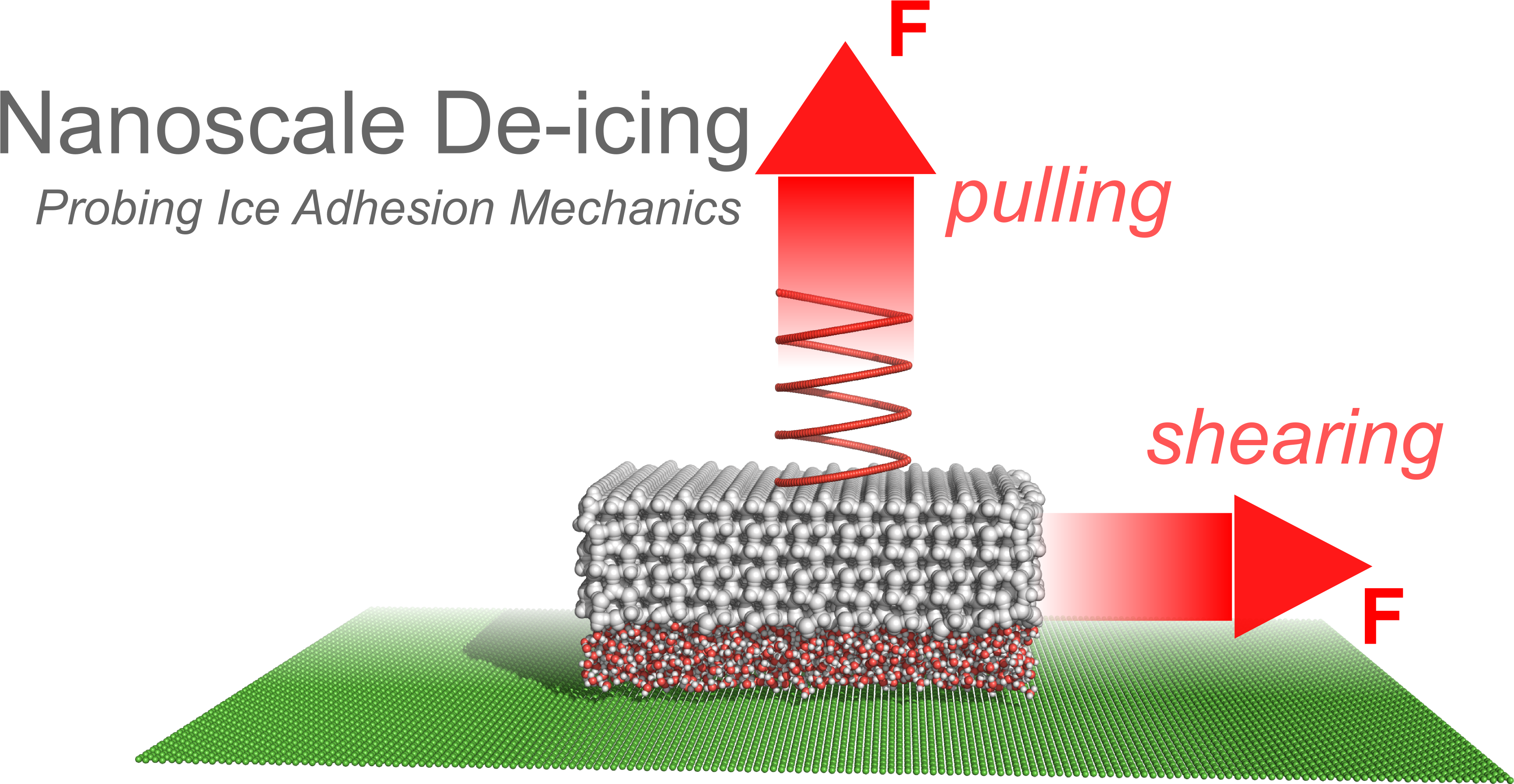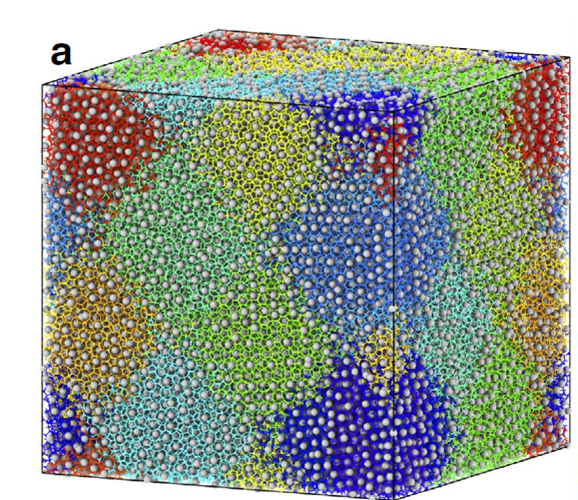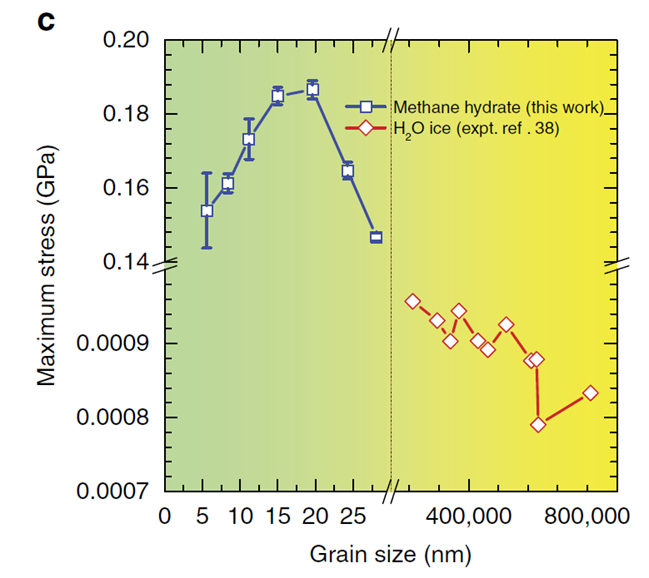Towards Design of Super-Low Ice Adhesion Surfaces (SLICE )
Towards Design of Super-Low Ice Adhesion Surfaces (SLICE ) - a Norway FRINATEK Anti-Icing Project at NTNU
Towards Design of Super-Low Ice Adhesion Surfaces (SLICE ) - a Norway FRINATEK Anti-Icing Project at NTNU
A FRINATEK PROJECT funded by the Research Council of Norway
The primary objective of this project is to establish and evaluate design principles towards super-low ice adhesion surfaces, by developing models which couple the ice-solid interactions at atomistic scale to the interface crack initiation at macroscopic scale. To develop anti-icing coating materials with lowest ice adhesion strength possible!
NTNU Reports New Technique for de-icing (anti-icing) Surface Materials
NTNU Fabricated Anti-icing Coating Materials Reached Ice Adhesion Lower than 1 kPa
NTNU Fabricated Anti-icing Coating Materials Reached Ice Adhesion Lower than 1 kPa
PDMS sponge structures-based coatings fabricated by NTNU Nanomechanical Lab reached a record super-low ice adhesion strength below 1 kPa! Details can be found in a new paper published in the June issue of Soft Matter.
Design and preparation of sandwich-like polydimethylsiloxane (PDMS) sponges with super-low ice adhesion
Super-Low Ice Adhesion Surfaces-Designed and Fabricated by NML
Super-Low Ice Adhesion Surfaces-Designed and Fabricated by NML
Research news Controlling problem ice — by cracking it
Research news Stopping problem ice -- by cracking it
Research news Får problematisk is til å sprekke opp
NTNU Nanomechanical Lab has recently reached a milestone in developing anti-icing technology in the FRINATEK project SLICE!
By introducing a novel concept, we reached for the first time for pure PDMS materials the super-low ice adhesion 5.7 kPa! The ice adhesion strength for common outdoor steel or aluminium surfaces is around 600-1000 kPa. A new paper published today at Soft Matter: Multiscale crack initiator promoted super-low ice adhesion surfaces.
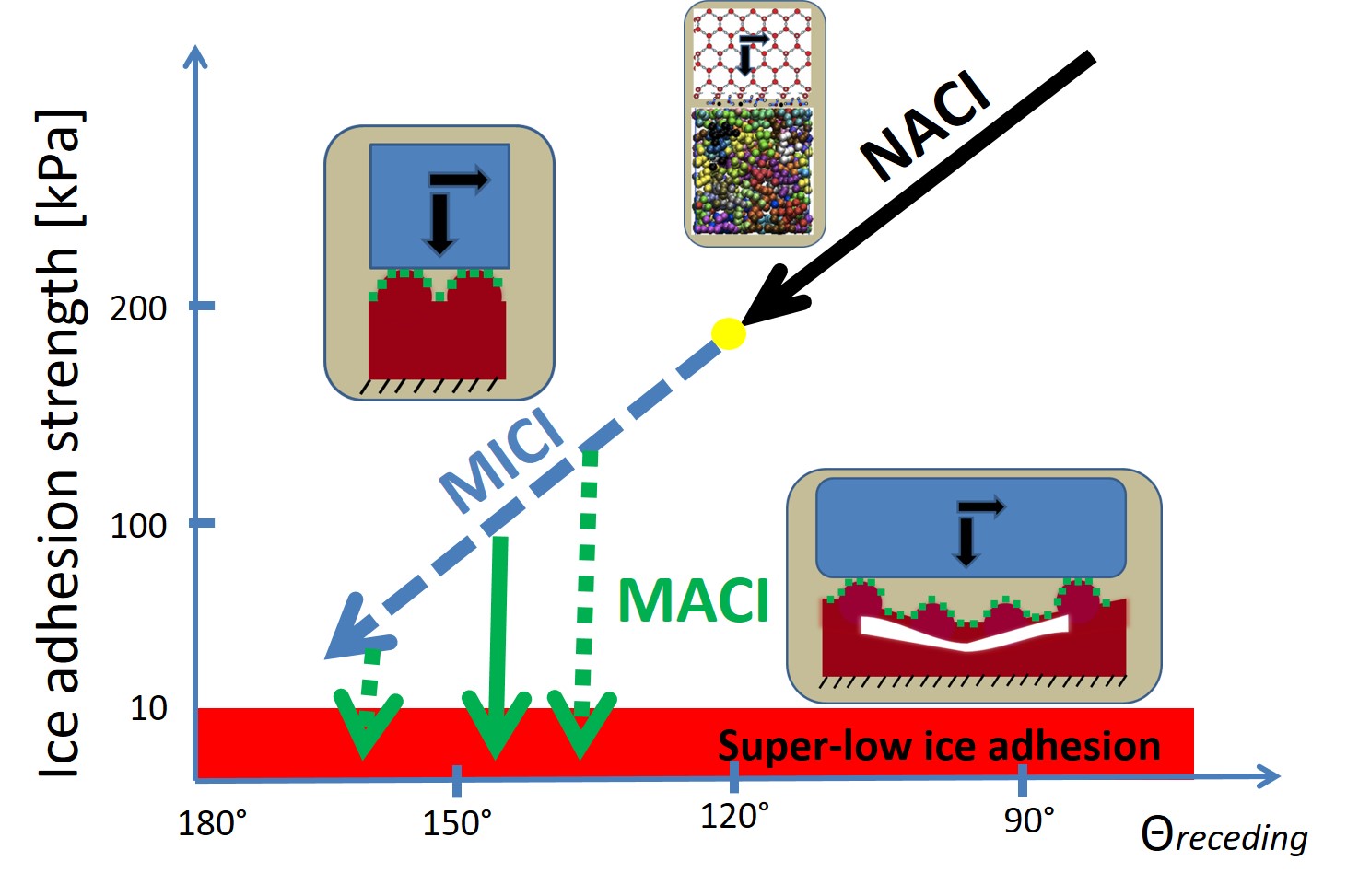
New article in Nanoscale: Nanoscale Deicing by Molecular Dynamics Simulation
New article in Nanoscale: Nanoscale Deicing by Molecular Dynamics Simulation
Excessive icing is a general problem to human activities in low temperature environment. The aim of creating anti-icing materials, surfaces and applications rely on understanding the fundamental nanoscale ice adhesion mechanics. As increasing experimental trials on manufacturing anti-icing coatings have been carried out, theoretical knowledge on the atomistic determinants of ice adhesion is in urgent need. In this study, we employ all-atom modeling and molecular dynamics simulations to study ice adhesion, detaching and shearing on smooth silicon and graphene surfaces, aiming to decipher the basis of ice adhesion strength. We also study the mechanical effects of an aqueous water layer that sandwiched between ice and substrate, giving results to support previous experiments. Our results for the first time provide atomistic view on the key events of nanoscale deicing processes, and supply strong theoretical references for further anti-icing studies.
Inverse Hall-Petch and Hall-Petch Behaviour First Time Found for Gas Hydrates
Inverse Hall-Petch and Hall-Petch Behaviour First Time Found for Gas Hydrates
Nature Communications, 6: 8743. 2015 Nov 2.
GEMINI News: Uncovering secrets of ice that burns
GEMINI News: Den brennende isens hemmeligheter
Materials Today News: “Fire ice” an opportunity and a threat
PHYS ORG News: Key properties of methane hydrates found in permafrost and on the continental shelf
Sediment-hosted gas hydrates have profound impacts on global energy sources and climate change. Their mechanical properties play a crucial role in gas recovery and understanding their evolution in nature, however, the deformation mechanisms of gas hydrates have not yet been elucidated owing to the difficulties in experimental measurements. Here we report direct molecular dynamics simulations of the material instability of monocrystalline and polycrystalline methane hydrates under mechanical loading. The results show dislocation-free brittle failure in monocrystalline hydrates and an unexpected ductile ultimate strength as a result of crossover from grain-size strengthening to weakening in polycrystals. Upon uniaxial depressurization, strain-induced hydrate dissociation accompanied by grain-boundary decohesion and sliding destabilizes the polycrystals. In contrast, upon compression, appreciable solid-state structural transformation dominates the response. These findings provide molecular insights into the destabilization mechanisms of gas hydrates caused by deformation beyond the conventionally thermodynamic instability.
SLICE Project - Popular science presentation
SLICE Project - Popular science presentation
Hindring dannelse og tilvekst av is på utsatte overflater er av stor betydning for fornybar energi, elektriske kabler i luft, shipping og mange andre anvendelser. Aktiv avising involverer kjemiske, termiske og mekaniske metoder er for tiden brukt til å fjerne isen som allerede har dannet. Disse teknikkene krever imidlertid periodiske bruker og høyt energiforbruk, og kan komme med store skade på både strukturer og miljø. En mer tiltrekkende løsning ville være å utvikle superlave is-adhesjon overflater slik at dannet isen kan falle ned automatisk ved sin egen veikt eller naturlig vind. Den grunnleggende ideen er å bruke bruddmekanikk konsept for motsatt hensikt. I de tradisjonelle bruddmekanikk, vi ønsker å unngå initiering av sprekker og minimere sprekk drivkraften. I dette SLICE prosjektet, ønsker vi sterkt at dannelsen av sprekker mellom isen og overflate grensesnitt ved å innføre såkalte "sprekk-initiativtakerne". Multi-skala modeller vil bli utviklet for å maksimere effekten av disse sprekk-initiativtakerne og sprekk drivkrefter på tre ulike lengdeskalaer, og optimale overflate og overflate strukturer vil bli identifisert slik at grensesnittet mellom is og overflate kan skjebnesvangert svekket og superlave is -adhesjon kan realiseres.
SLICE Project info
SLICE Project info
SLICE Members
SLICE Members

Prof. Zhiliang Zhang, NTNU
Project leader

Prof. Jianying He, NTNU
PhD Supervisor and co-suspervisor

Inga Gudem Ringdalen
PhD co-suspervisor
Research Scientist
SINTEF Materials and Chemistry

Sigrid Rønneberg
PhD student
sigrid.ronneberg@ntnu.no
SLICE International Partners
SLICE International Partners
